Last week’s blog described the information you need to develop a pricing strategy. Today we’ll talk about several kinds of pricing strategies that are commonly utilized.
Here are several of the most common pricing strategies:
Penetration Pricing
This is the low-cost approach, where you initially offer a price lower than your competitor’s for the purpose of attracting price-sensitive customers quickly. The downside of course is that you squeeze your profits; indeed in many cases new ventures choose to price below cost to bring in those early customers.
The logic is that over time you become more efficient and can take advantage of bulk purchasing of raw materials, such that you begin to achieve profitability at that low price. The other downside is that your competitors might just match your price.
Premium pricing
This kind of pricing is coupled with providing superior benefits or service compared to your competitors, to justify that higher price. Sometimes a premium price will be charged for some products to attract customers who want that premium quality, with other products are priced lower to attract those who are more value-focused.
A related pricing strategy is called Complementary Pricing, or Loss Leader Pricing, where you charge and promote a super low price for one product to bring folks “in the door,” but then “upsell” them for something else more expensive at the point of sale.
Price Bundling
This is a common strategy for getting customers to buy more of your products, by offering a deal for buying a package. Purchase internet access along with your phone service for a discounted price. This strategy can be very effective in that the customer perceives value, while the provider increases sales and, ideally, a long term customer who spends more for each purchase.
New Customer Pricing
Sometimes called experience pricing, this involves offering a low initial price for new customers, occasionally below cost, to get customers to “try” your product. It’s a one-time price, offered in hopes that while they’ll come in for the low price, they’ll come back for the high quality. This is sometimes done with special coupons, and, in today’s world, is often facilitated by group purchasing services such as Groupon.
Special thanks again to Jennifer Li Shen and Way-Ting Chen, of Blue Garnet Associates, for their work in pricing strategies.
Good luck!
– – – – – –
For more resources, see our Library topic Business Planning.
- Copyright © 2011 Rolfe Larson Associates – 15th Anniversary!
- Author Venture Forth! Endorsed by Paul Newman of Newman’s Own
- Read my weekly blogs on Social Enterprise and Business Planning
 Sections of this topic
Sections of this topic
















